Case Studies
Case Studies
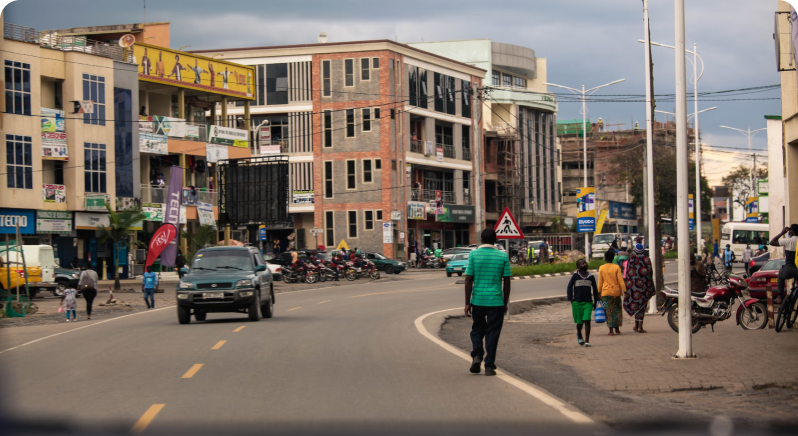
Rwanda is a fast-growing sub-Saharan economy with a sizeable public
sector.
Starting from a low base, Rwanda has made swift progress on social and economic
development over the past two decades. Along with rapid economic growth, poverty levels
fell from 60% in 2000 to 38% in 2019, and its human development index value doubled to
0.52 between 1990 and 2019. Still, more effort is needed if Rwanda is to achieve the SDGs
by 2030.
View the case study
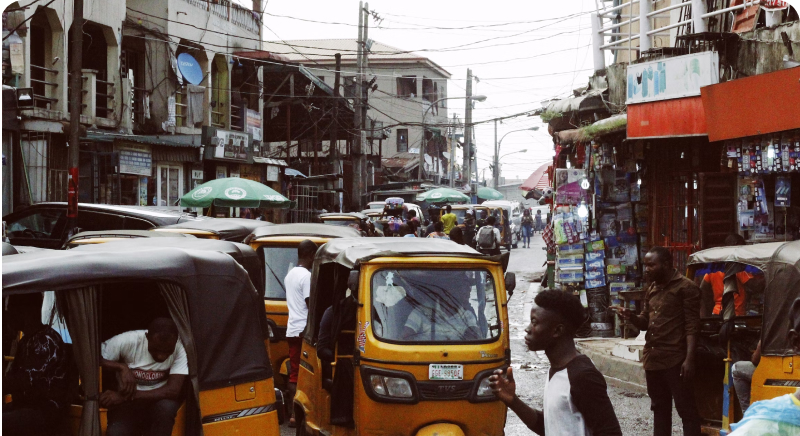
Nigeria is a natural resource economy with a small public sector.
As Africa’s most populous country and its largest economy, Nigeria is key to global achievement of the SDGs. In the
period up to 2015, the country made good progress on development amid rapid population growth,
reducing extreme poverty by some 20 percentage points while improving health indicators and lowering
the HIV/AIDS infection rate. However, much remains to be done, with healthy life expectancy at birth
at 49 years and only 4% of the population connected to a safe water supply.
View the case study
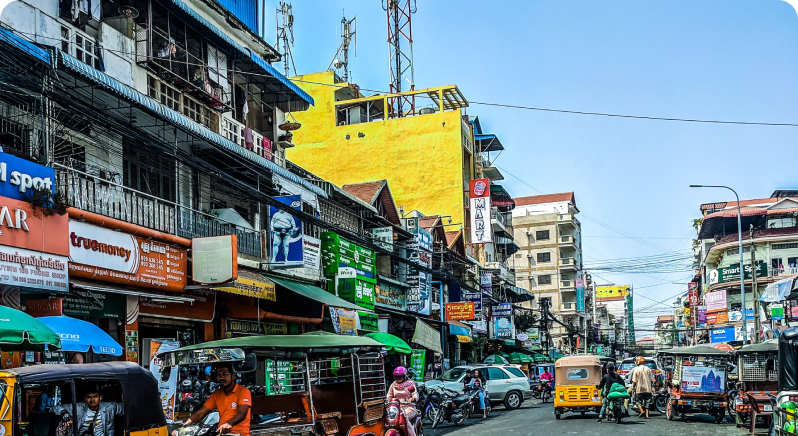
Cambodia ranks among the fastest-growing economies in Southeast Asia.
Remarkable progress has been achieved in meeting some SDG targets including eradication of extreme poverty. Over the past decade
spending on health and education doubled and tripled, respectively, allowing Cambodia to become one of
the top ten performance improvers globally based on the UNDP’s Human Development Index. The SDG framework
was incorporated into the county’s National Strategic Development Plan 2019–2023, with relevant national
targets, estimates of spending needs, and their financing sources adopted by line ministries.
View the case study
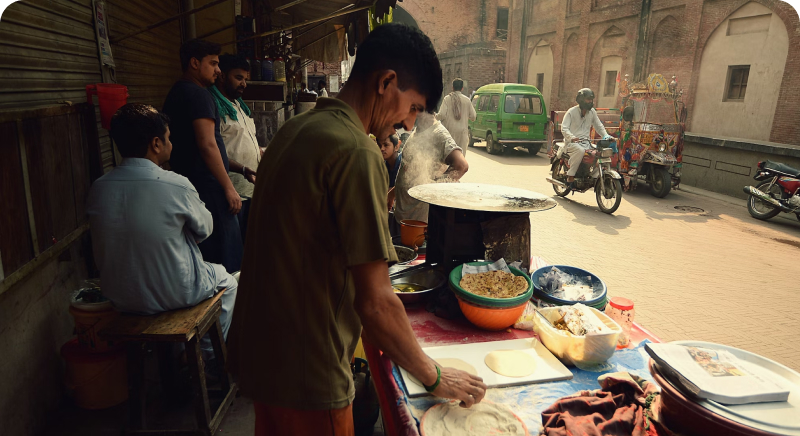
Pakistan, a large emerging economy, achieved mixed economic and social
development results over the last two decades.
While Pakistan has made some progress on development amid volatile economic performance and fast population growth, its performance
in critical SDG sectors lags behind that of its emerging market peers. In the areas of
education, water, and sanitation it is below the LIDC average (Brollo, Hanedar, and Walker,
forthcoming; IMF 2021a). Still, poverty (according to the national poverty line) fell by 40%
to 24% between 2000 and 2015.
View the case study
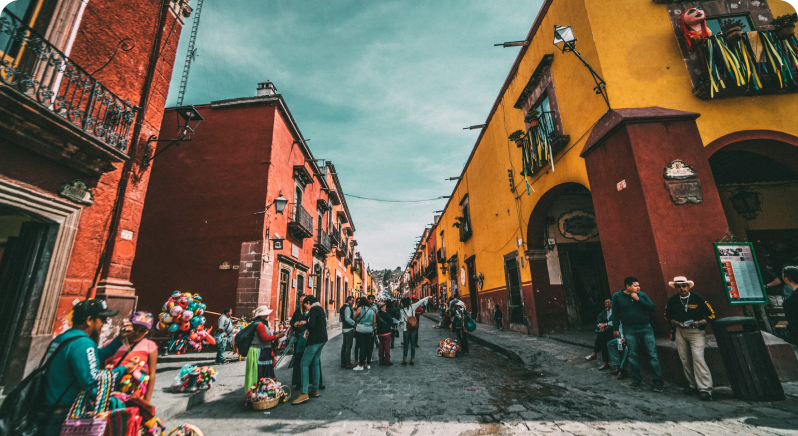
Mexico plays a key role in the global economy as the second most populous country
in Latin America and a member of the G20.
While poverty measures have generally improved between 2008
and 2018, the covid-19 pandemic has thwarted the progress and exacerbated other developmental
challenges in food security, education, and health services. In particular, education losses are
likely large and can pose scarring effects on human capital accumulation and the progress towards
the Sustainable Development Goals.
View the case study